Introduction: The Challenge of Clay Soil
Spring is a time of renewal and growth in the garden. However, achieving a thriving garden can be challenging for those with clay soil. Clay soil's dense and compact nature can hinder tree growth by restricting root expansion, drainage, and nutrient uptake. But don't worry—transforming clay soil into a fertile haven for your trees is possible with the right techniques and care.
This article will explore methods to improve clay soil and ensure healthy tree growth. We'll discuss the benefits of adding organic matter and highlight some of the best trees to plant in clay soils, such as Quercus Palustris (Pin Oak), Acer campestre (Field Maple), and Liquidambar Styraciflua (Sweet Gum).
Understanding Clay Soil: Characteristics and Challenges
Clay soil comprises tiny, tightly packed particles, making it heavy and dense. This density can lead to several gardening challenges, such as:
- Poor Drainage: Clay soil retains water, leading to saturated conditions that can suffocate roots and cause root rot.
- Compaction: Clay soil's compact nature restricts root growth, making it difficult for trees to establish a strong foundation.
- Nutrient Deficiency: While clay soil can hold nutrients, its compact structure often makes it difficult for roots to access.
Despite these challenges, clay soil has the potential to support healthy tree growth when properly amended and cared for.
Methods to Improve Clay Soil
Improving clay soil is a gradual process that involves several steps. The goal is to enhance soil structure, increase aeration, and improve drainage, creating an environment where trees can thrive.
1. Incorporating Organic Matter
Organic matter is the key to transforming clay soil. It improves soil structure by creating spaces between soil particles, allowing for better air and water movement. Here’s how to do it:
- Compost: Add a generous layer of compost to your soil. Compost enriches the soil with essential nutrients and promotes microbial activity, which helps break down clay particles.
- Aged Manure: Incorporating well-aged manure into the soil adds nutrients and improves soil texture, making it crumblier and less sticky.
- Leaf Mold: This organic material from decomposed leaves improves soil structure and water retention.
How to Incorporate Organic Matter:
- Spread a 2-4 inch organic matter over the soil surface.
- Use a garden fork or tiller to mix the organic matter into the top 6-8 inches of soil.
- Repeat this process annually to improve soil quality continuously.
2. Mulching
Mulching is another effective way to improve clay soil. Organic mulch breaks down over time, adding more organic matter to the soil. Mulch also helps retain moisture and regulate soil temperature, which is especially beneficial during the growing season.
Types of Mulch to Use:
- Wood Chips or Bark: These provide a slow release of nutrients as they decompose.
- Straw: Straw is lightweight and easy to spread, making it an excellent option for mulching around trees.
- Leaf Mulch: Leaf mulch is free if you have trees in your yard and decomposes relatively quickly, adding valuable organic matter to the soil.
Apply a 2-3 inch layer of mulch around the base of your trees, keeping it a few inches away from the trunk to prevent rot.
3. Improving Drainage
Improving drainage is crucial in clay soils to prevent waterlogging. Here are some methods:
- Raised Beds: Building raised beds helps increase soil drainage, especially in areas prone to heavy rainfall.
- French Drains: These can be installed to direct excess water away from planting areas.
- Gypsum: Applying gypsum to clay soil can help break up compacted soil, improving its structure and drainage.
Ideal Trees for Clay Soils
Not all trees can tolerate the challenges of clay soil, but some are well-suited to these conditions. Here are three trees that thrive in clay soils:
1. Quercus Palustris (Pin Oak)
Quercus Palustris, commonly known as the Pin Oak, is a robust tree that adapts well to various soil types, including clay. Its deep root system helps it access nutrients and water, even in challenging conditions.
- Mature Height: Up to 25 meters
- Mature Width: Up to 15 meters
- Best Uses: Shade tree, ornamental
- Leaf Appearance: Glossy green, turning red in autumn
- Growth Rate: Moderate to fast
- Tolerates: Wet and clay soils, drought once established
The Pin Oak's adaptability makes it a popular choice for landscapes with clay soil, providing beauty and shade.
2. Acer campestre (Field Maple)
Acer campestre, or the Field Maple, is a hardy tree that thrives in various soil conditions, including clay. It’s known for its resilience and ability to withstand urban pollution, making it ideal for gardens in city environments.
- Mature Height: Up to 15 meters
- Mature Width: Up to 10 meters
- Best Uses: Ornamental, hedge tree
- Leaf Appearance: Small, lobed leaves turning golden in autumn
- Growth Rate: Moderate
- Tolerates: Poor, compacted, and clay soils
The Field Maple is perfect for adding autumnal color to your garden while being tough enough to handle less-than-ideal soil conditions.
3. Liquidambar Styraciflua (Sweet Gum)
The Liquidambar Styraciflua, or Sweet Gum, is a stunning tree with star-shaped leaves that turn a kaleidoscope of colors in the fall. It’s well-suited to clay soils and adds a vibrant splash of color to any landscape.
- Mature Height: Up to 20 meters
- Mature Width: Up to 12 meters
- Best Uses: Ornamental, shade tree
- Leaf Appearance: Glossy green in summer, turning red, orange, and purple in autumn
- Growth Rate: Moderate
- Tolerates: Clay soils, wet conditions
The Sweet Gum is an excellent choice for those looking to add year-round interest to their garden, especially in the fall.
FAQs: Improving Clay Soil for Tree Growth
1. How often should I add organic matter to clay soil?
- It's recommended that organic matter be incorporated into clay soil annually. This continuous addition helps gradually improve soil structure and fertility.
2. Can I plant trees directly into clay soil without amending it?
- While some trees may tolerate clay soil, it’s best to amend it before planting to ensure optimal growth conditions.
3. What’s the best time of year to improve clay soil?
- Spring and fall are ideal times to improve clay soil, as the soil is easier to work with, and the added organic matter will have time to integrate before the growing season.
Conclusion: Transforming Clay Soil for a Thriving Garden
Improving clay soil is essential for cultivating a healthy and vibrant garden. By incorporating organic matter, using mulch, and enhancing drainage, you can create an environment where trees like Quercus Palustris, Acer campestre, and Liquidambar Styraciflua flourish.
Whether preparing your garden for spring or looking to add new trees to your landscape, understanding and improving your soil is the first step toward success. Explore our range of trees and start your journey to a thriving garden today.


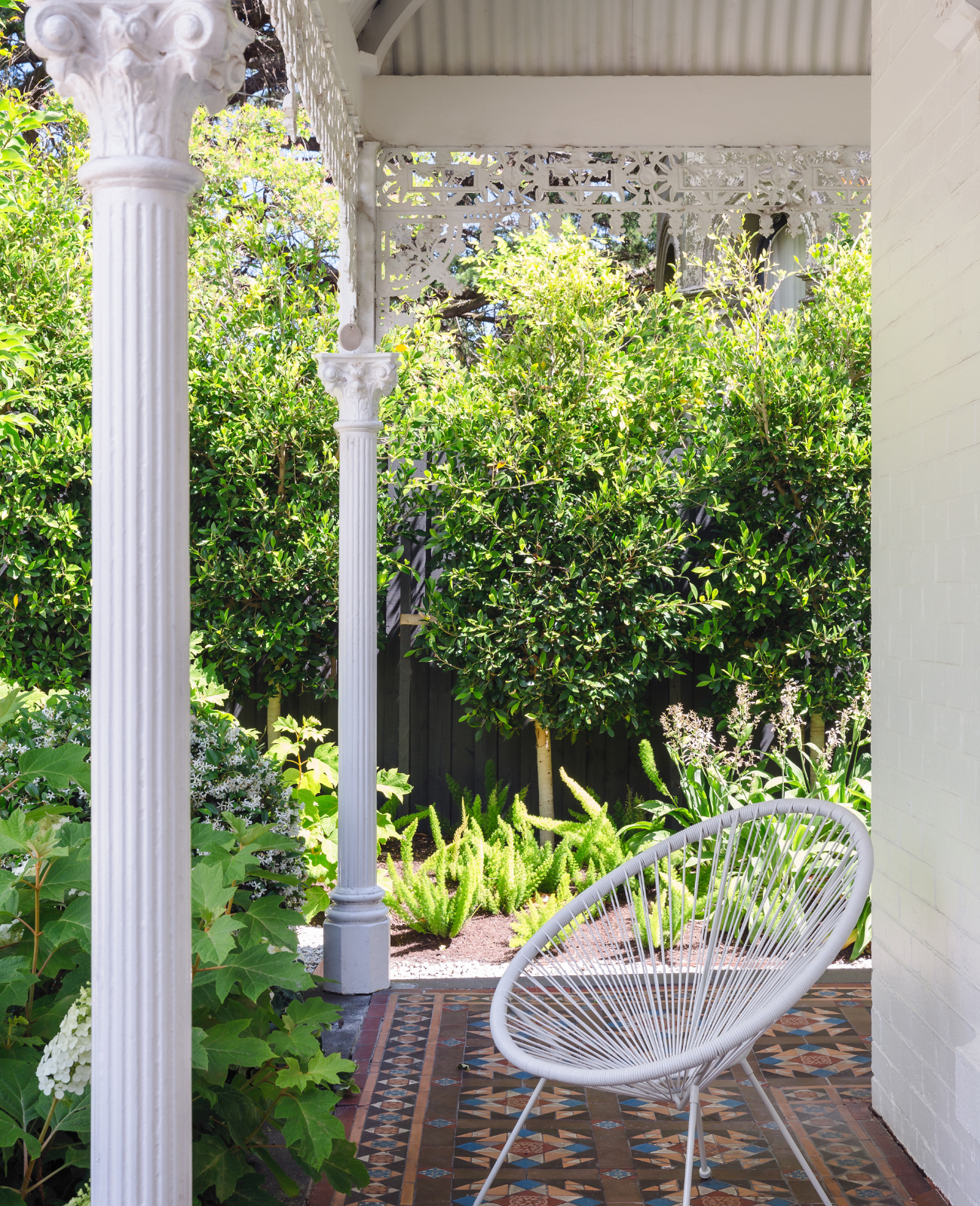


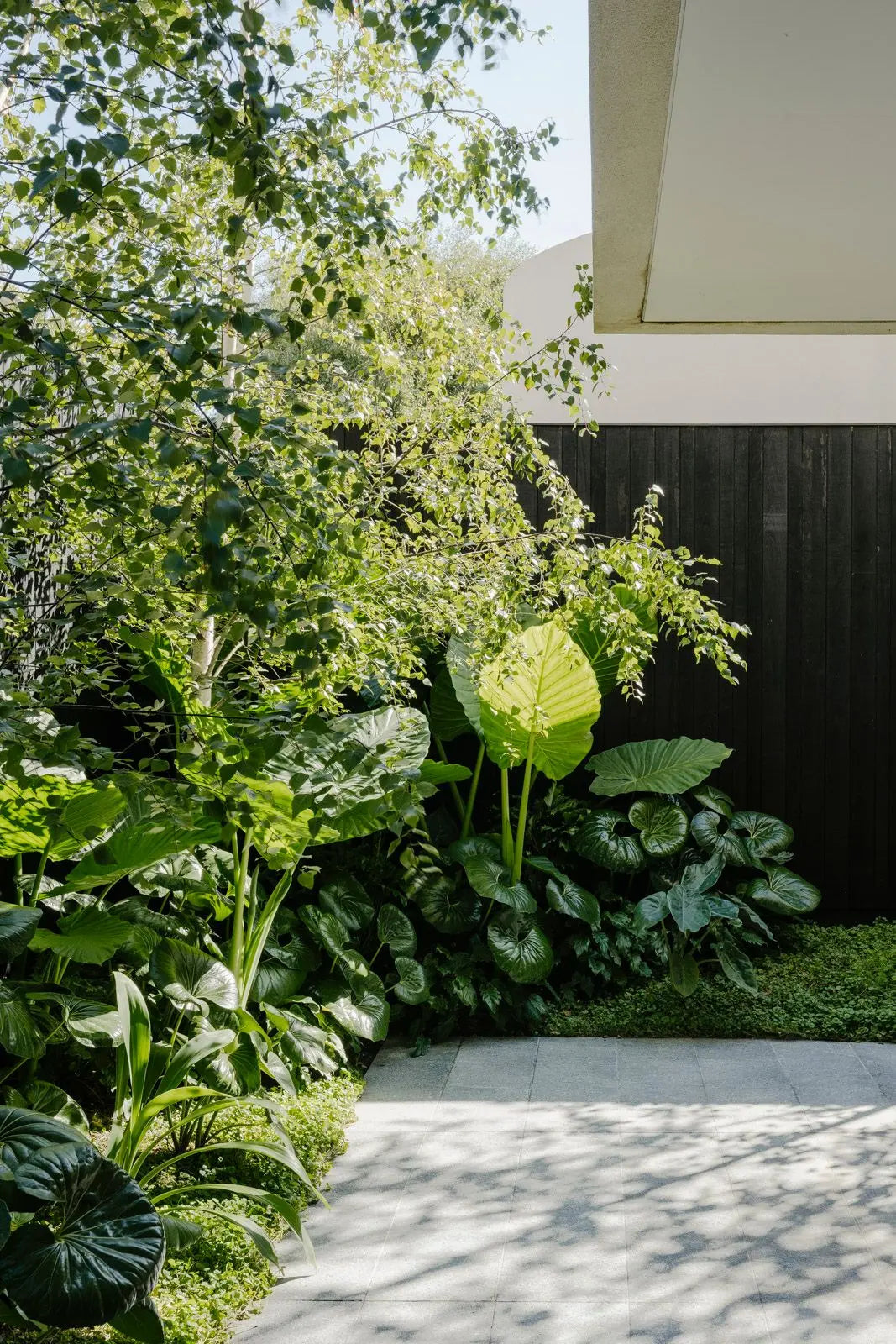
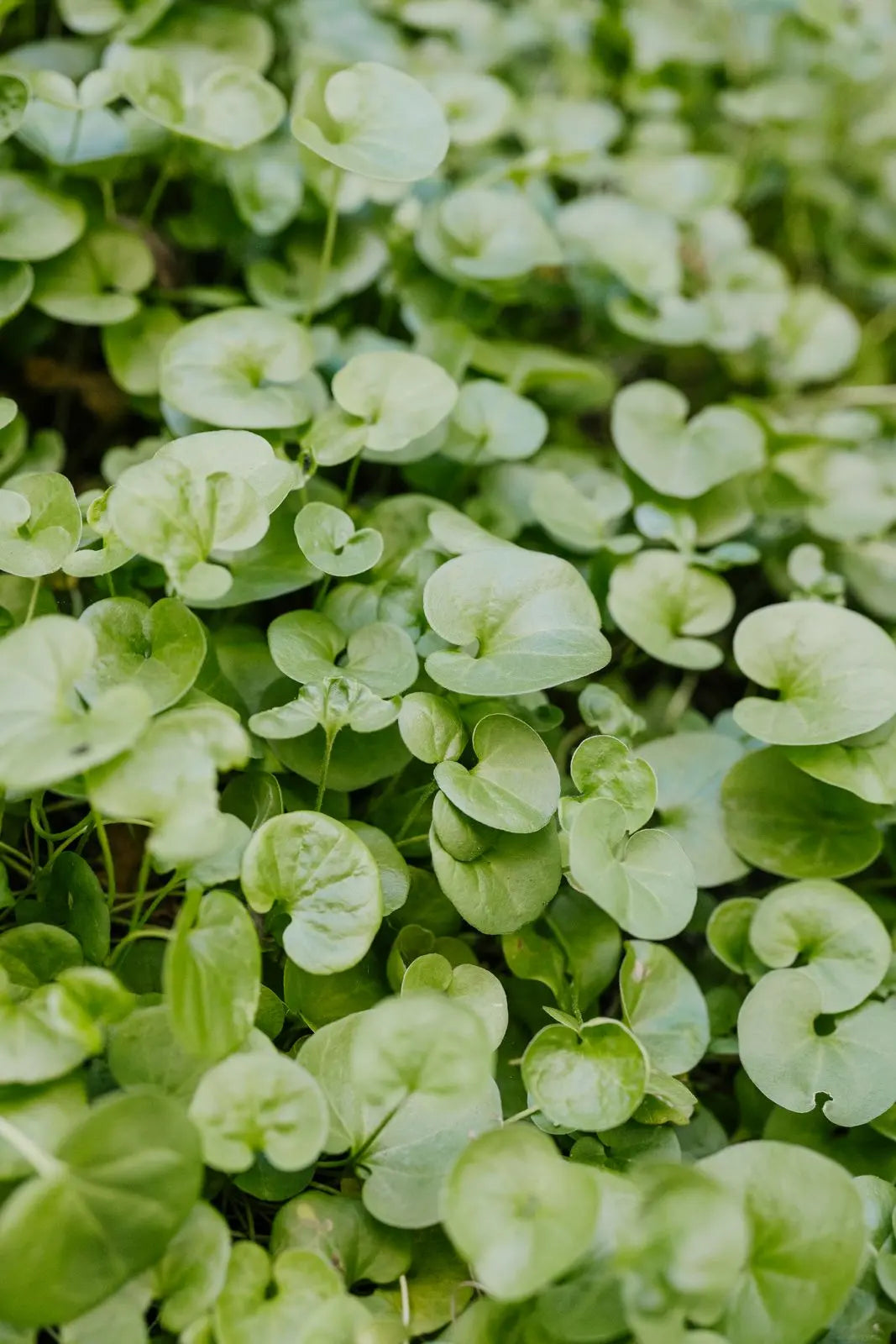
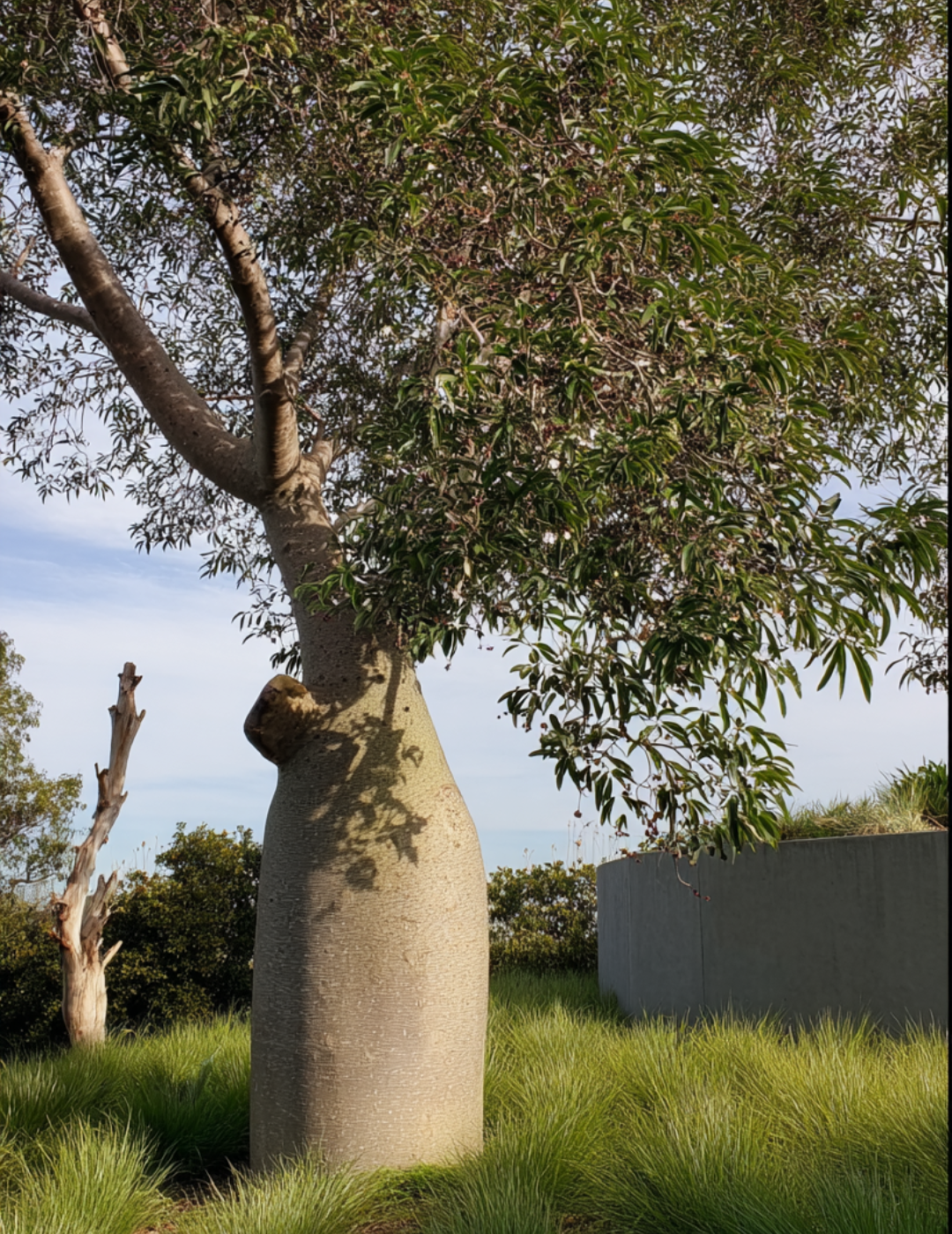
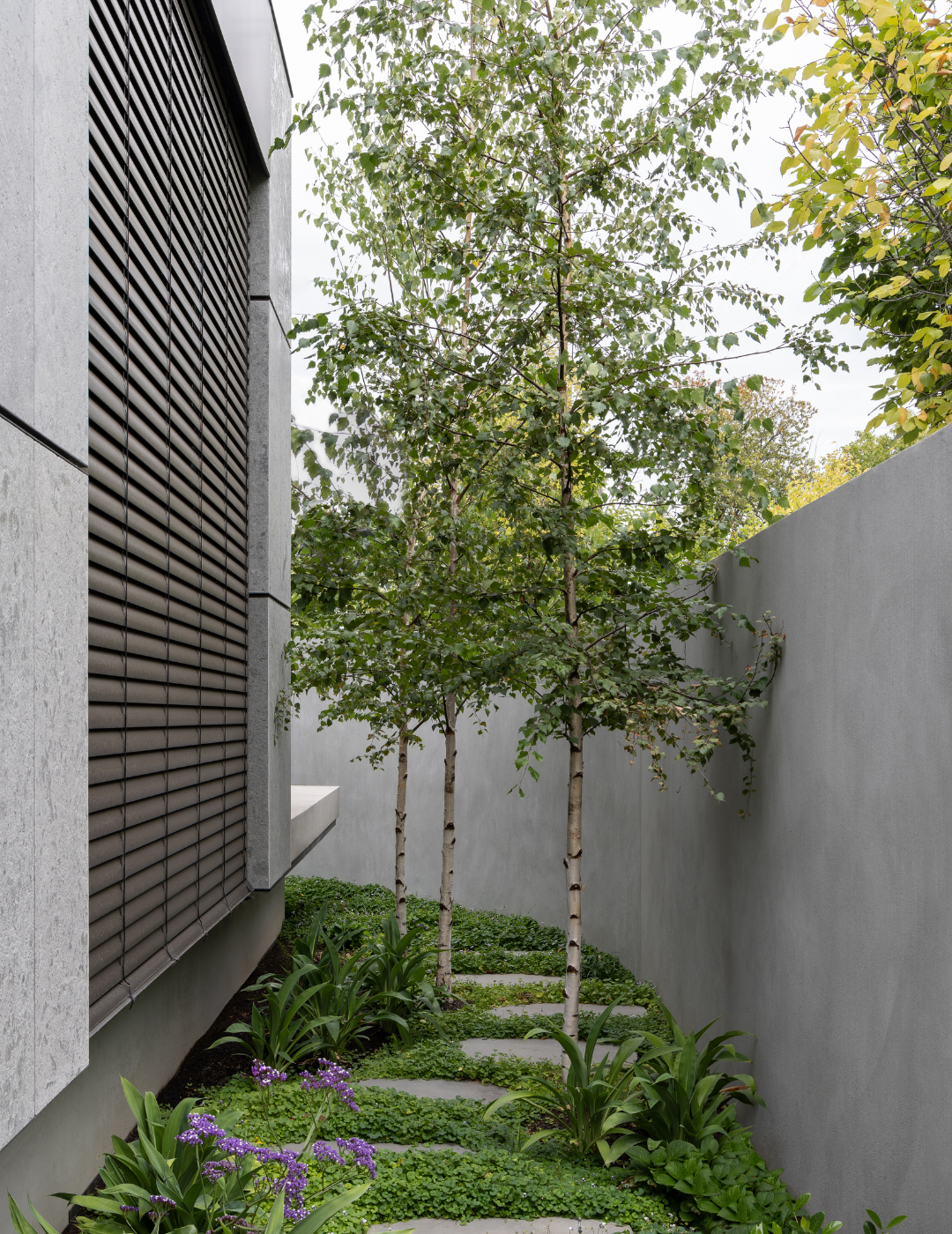
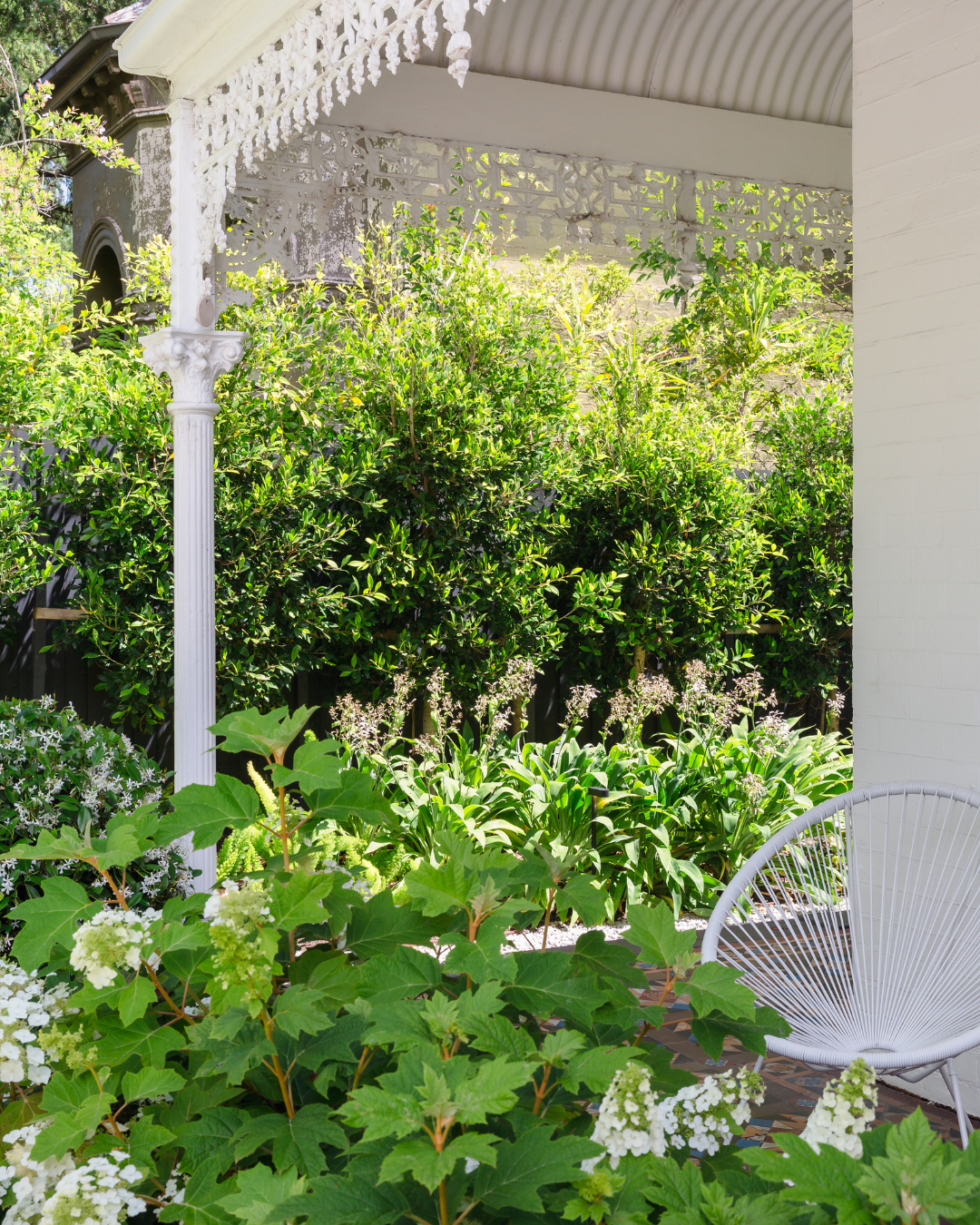
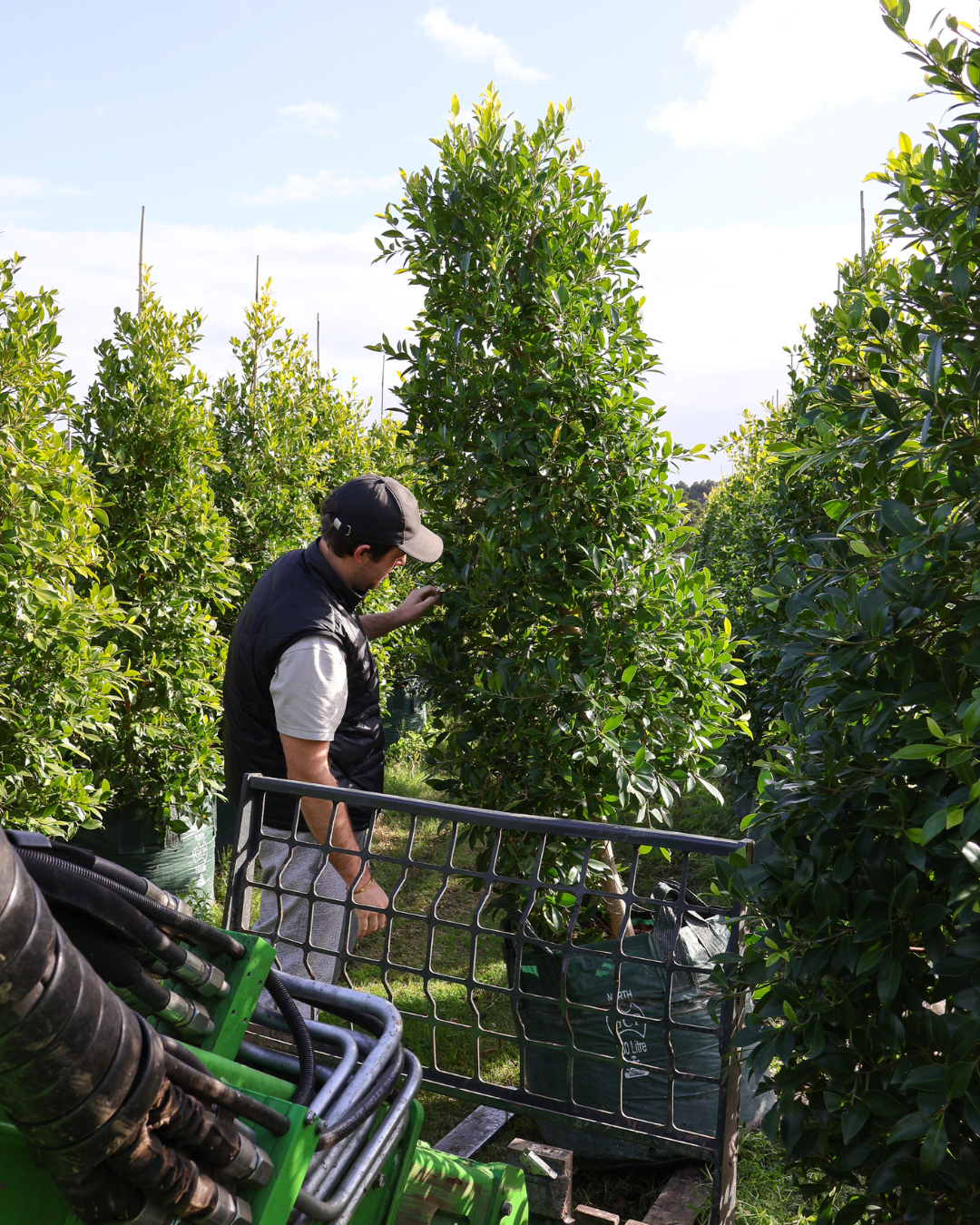



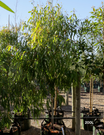
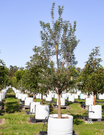


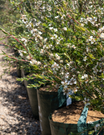

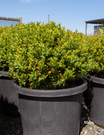


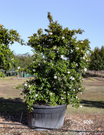
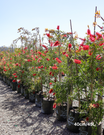

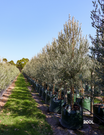
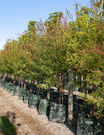
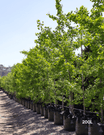
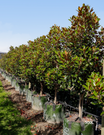
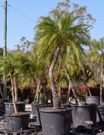


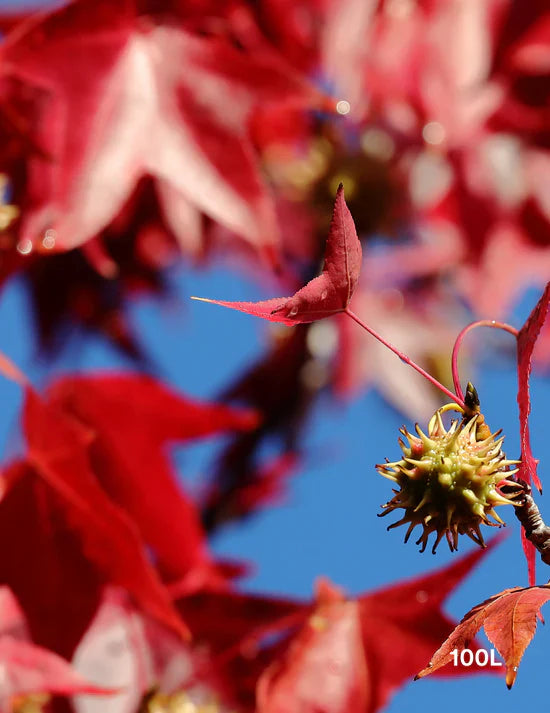



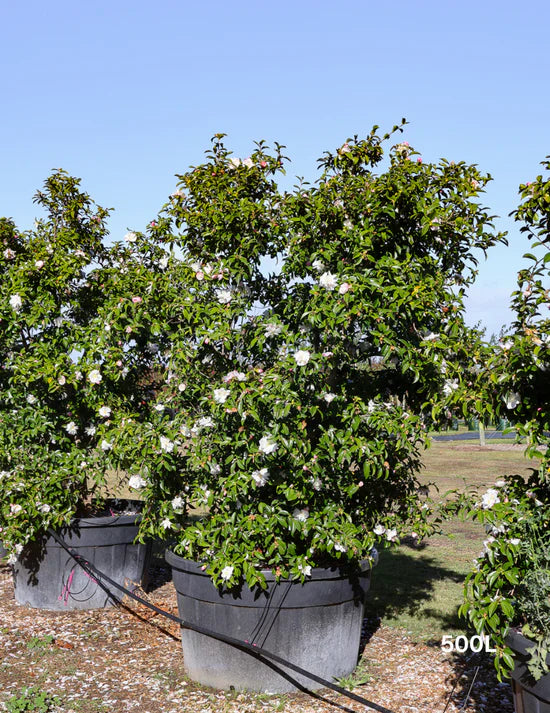
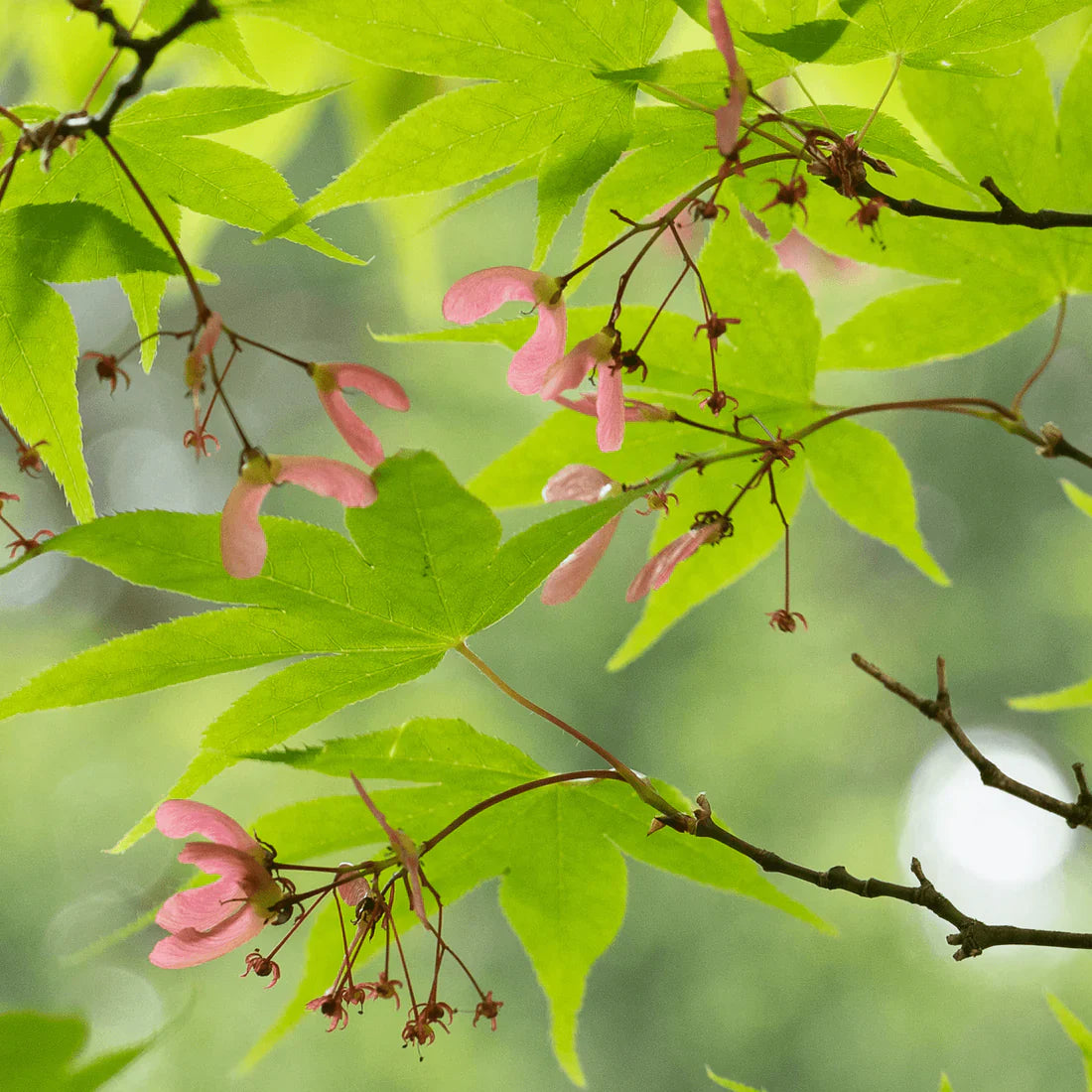
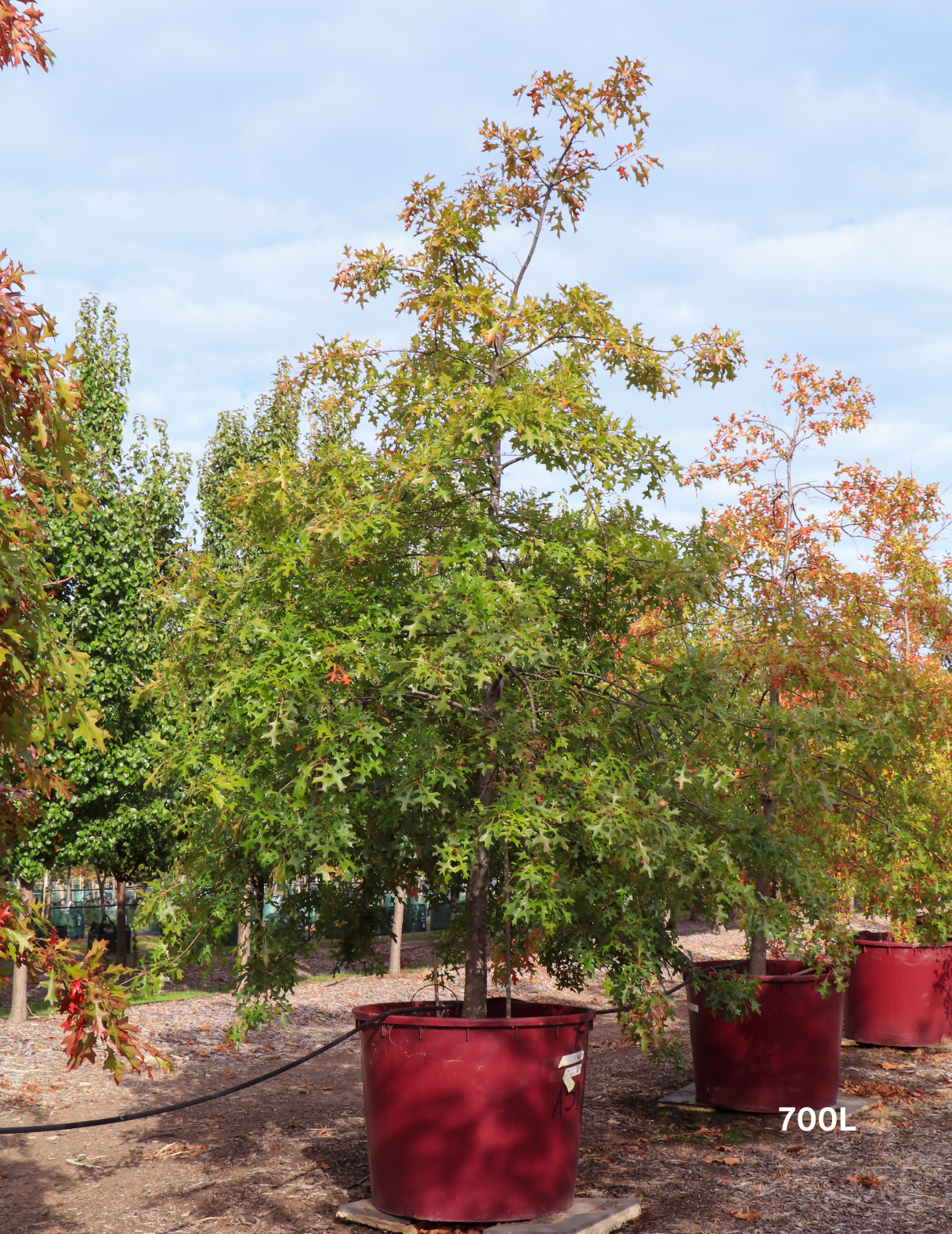
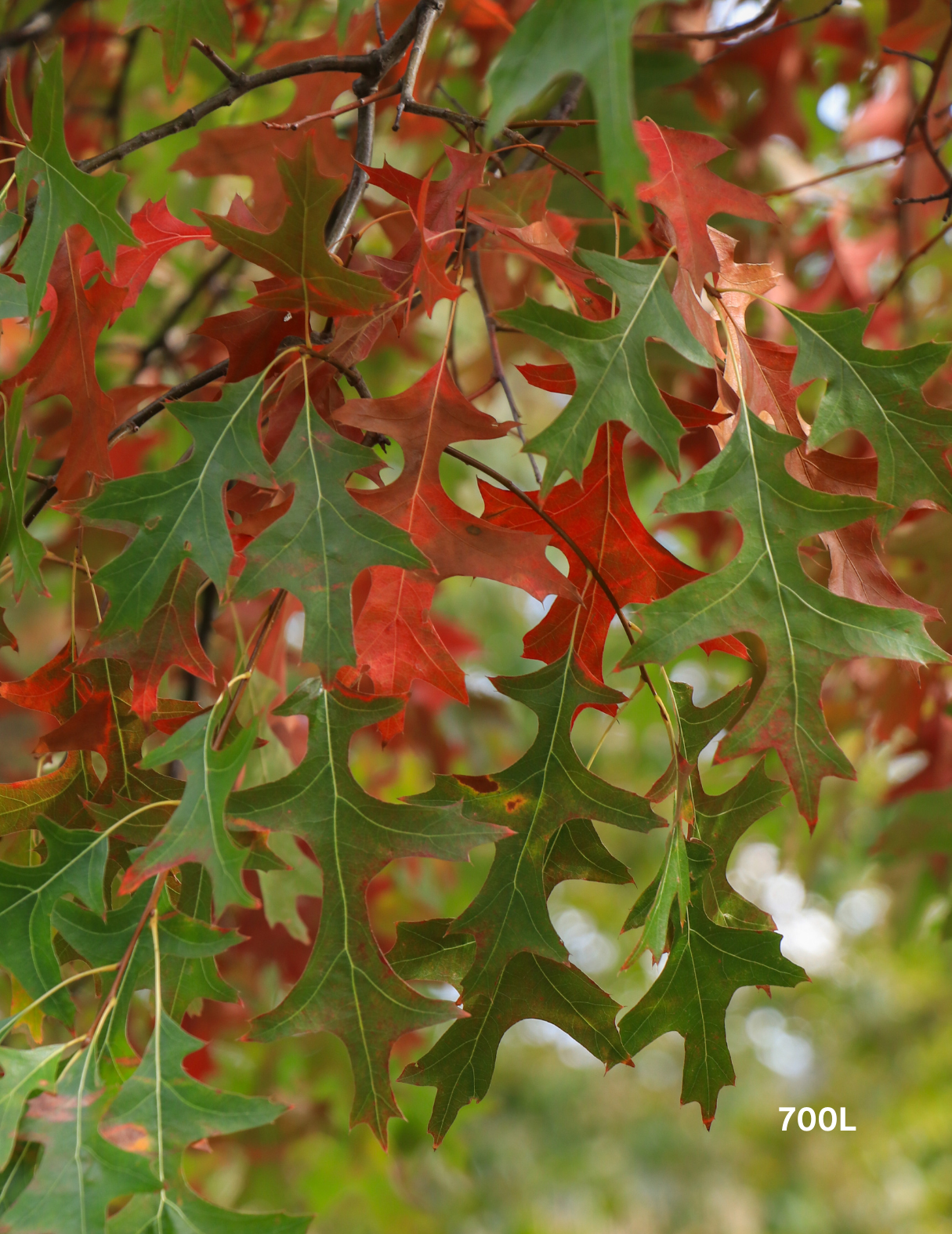
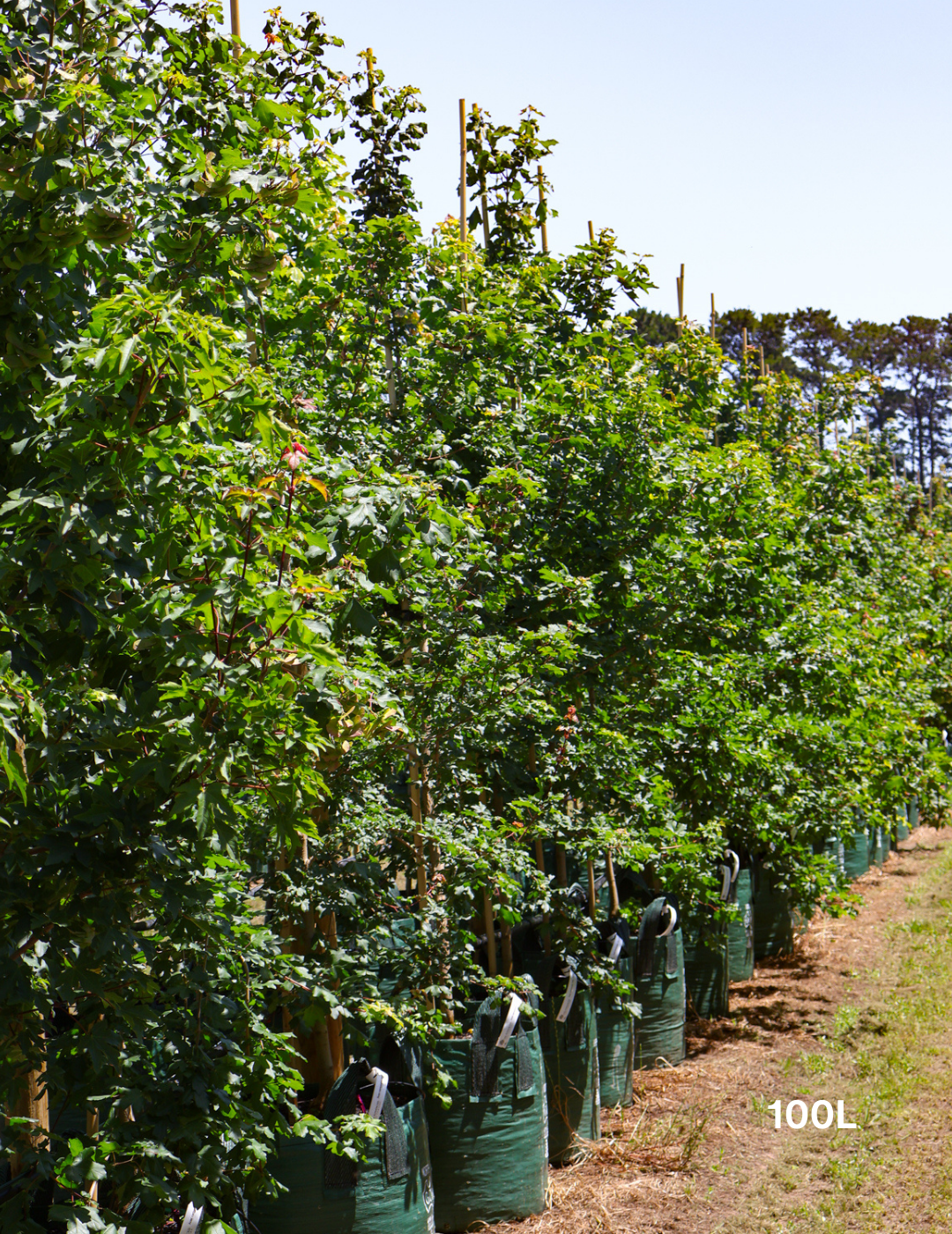
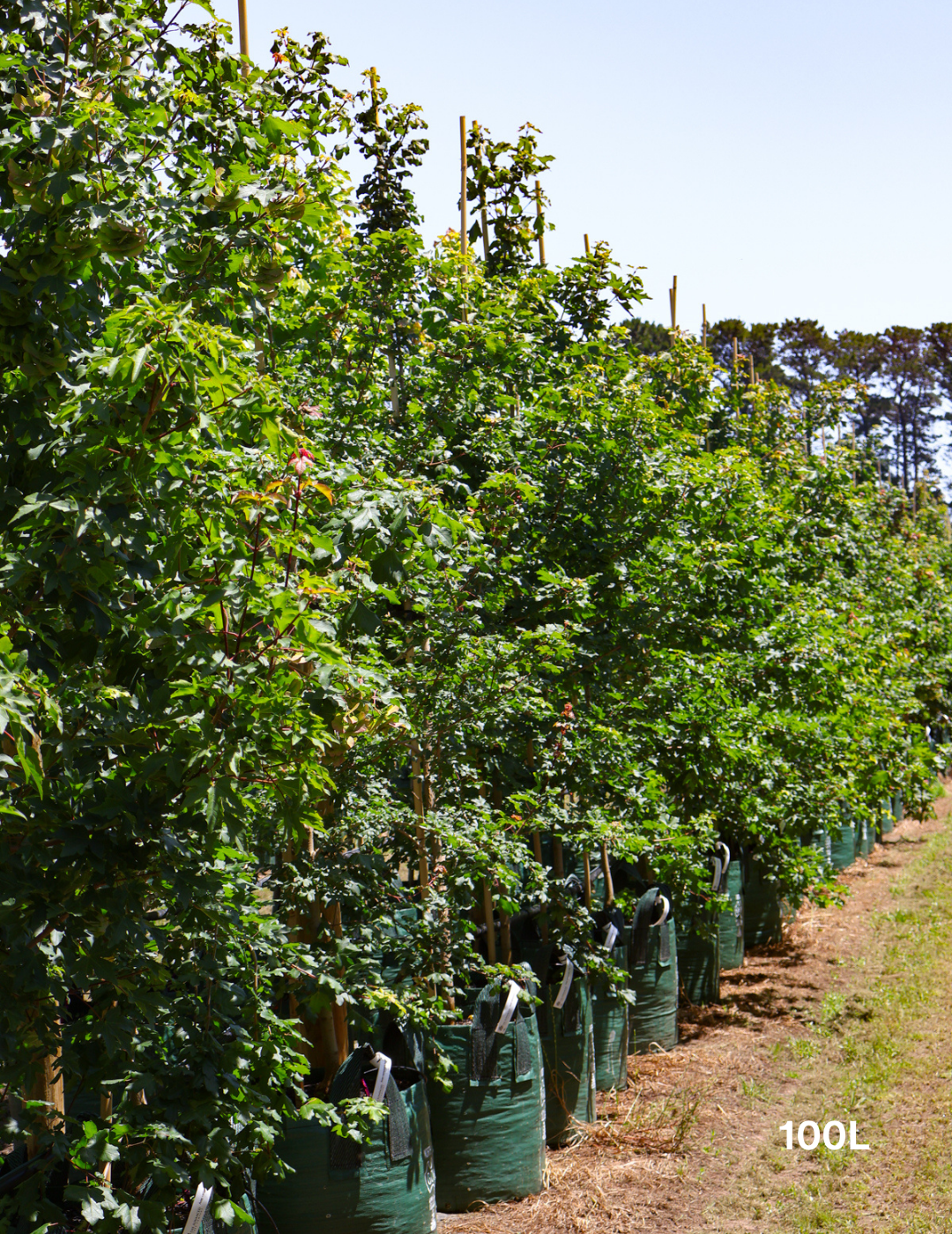
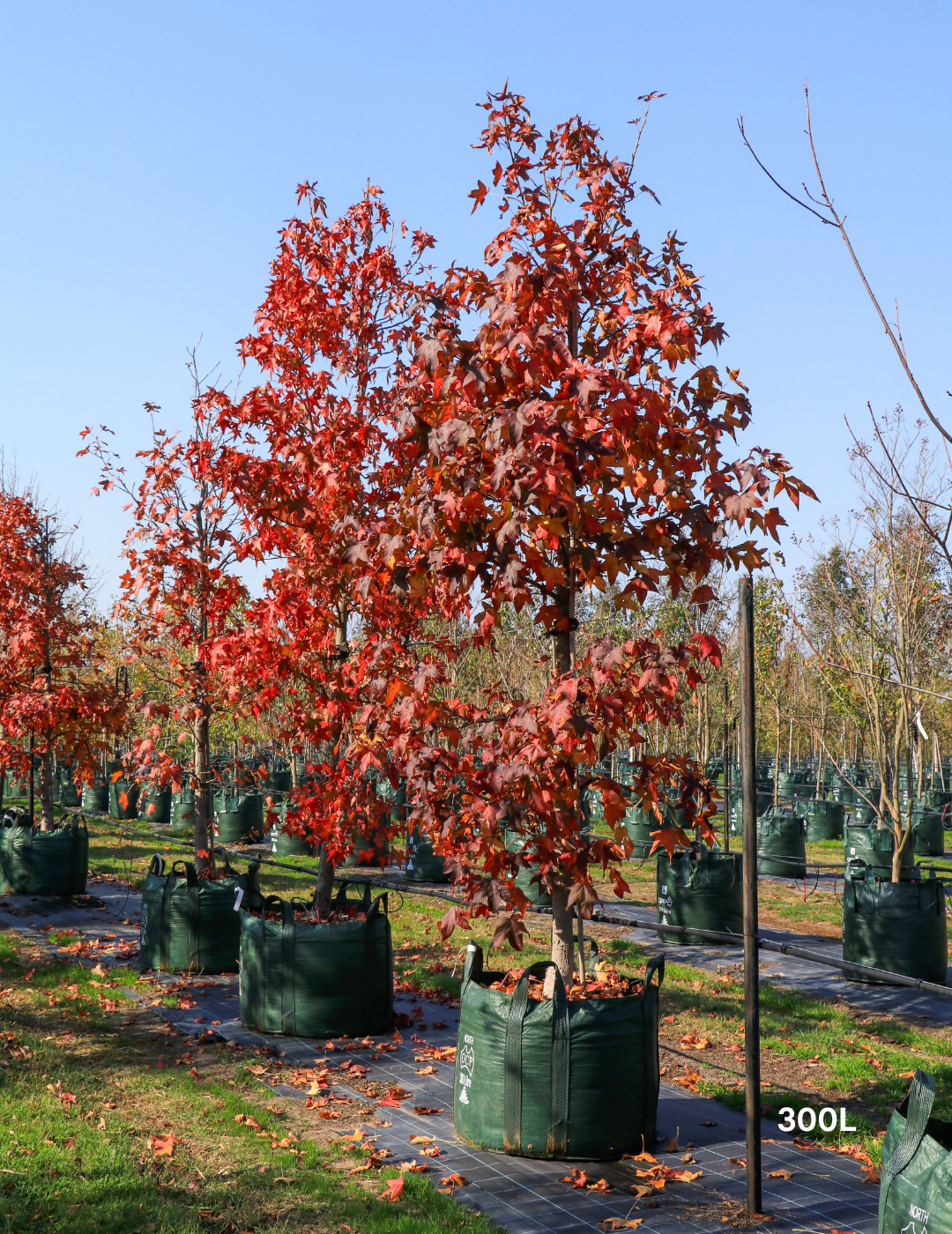
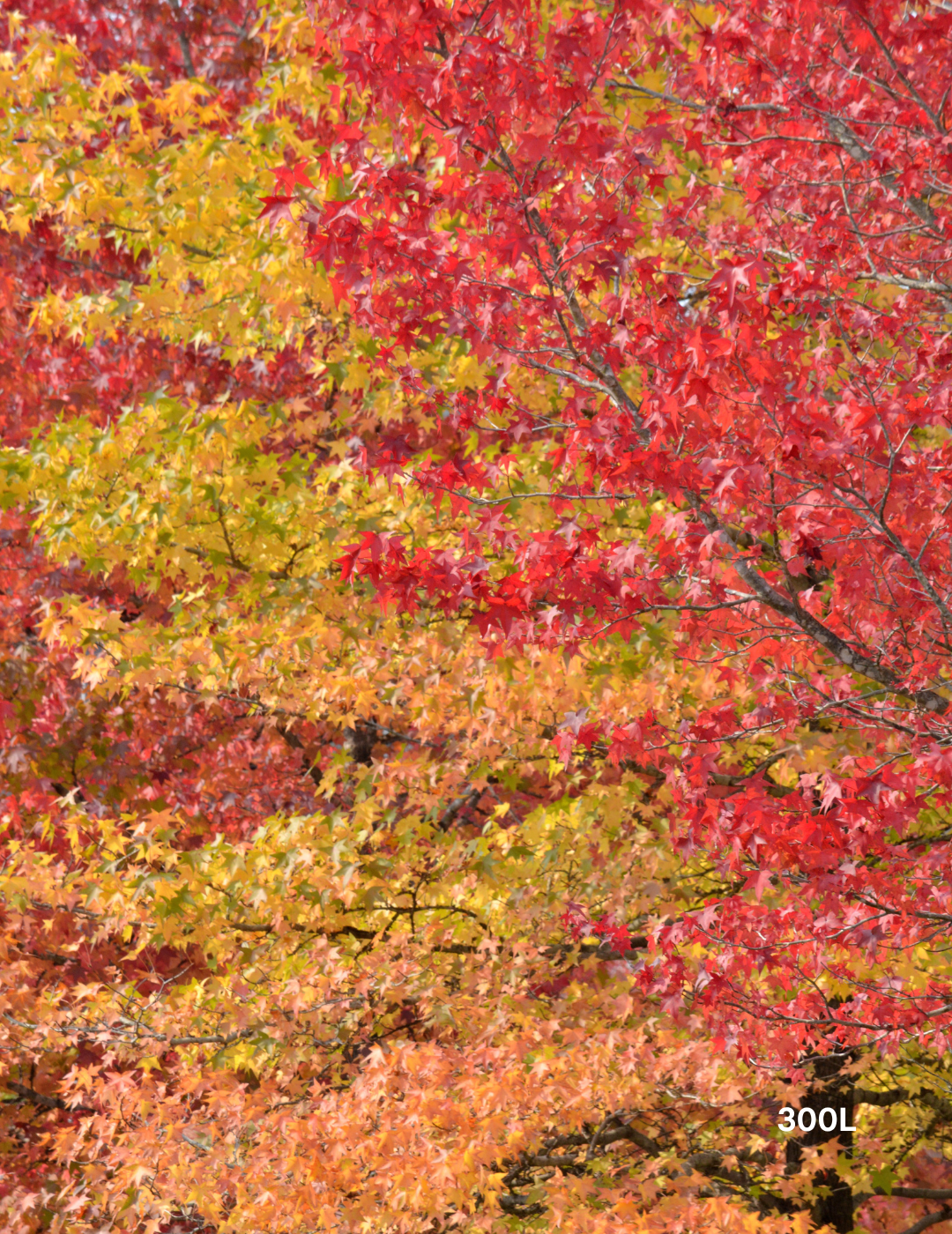
Leave a comment
This site is protected by hCaptcha and the hCaptcha Privacy Policy and Terms of Service apply.